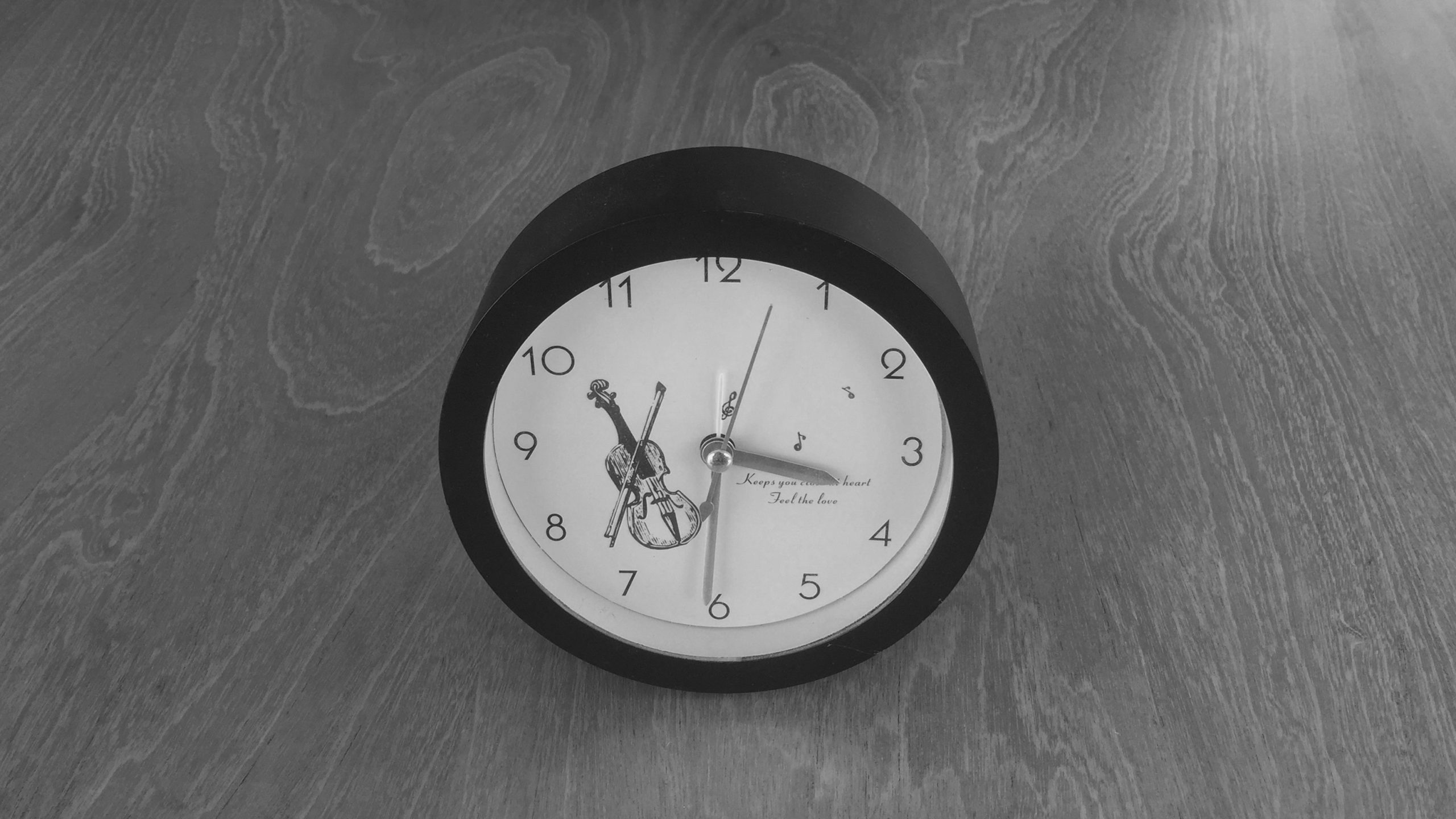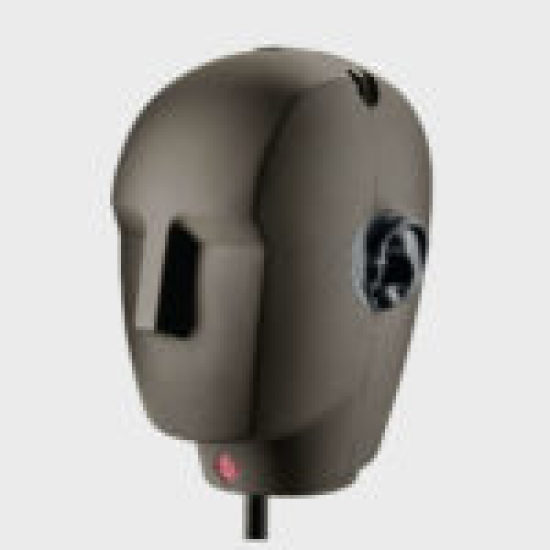Annie’s Clock
A unique instrument created from a ticking clock.


ByBuffa
The story
It all started in December of 2017, when a choir member gave me a clock. I’d started conducting a community choir that year, the previous conductor having moved to the other side of the country.
I’m not sure quite why Annie – the choir member – decided to give me a clock a few weeks later during the preparation for the group’s Christmas Eve concert: I suspect it was either a gift with the subtext of ‘I’ve really enjoyed singing in the choir this year’, or a subtle hint for me to start and finish rehearsals on time.
Fast forward to 2020, and I’m looking into making my own samples, having been inspired by the Pianobook website and Christian Henson’s videos. In this time I haven’t really used the clock, having a perfectly good digital one, one that doesn’t make loud ticking noises at 60bpm.
The logical thing to do, therefore, was to get the clock up and running – so a few AA batteries later I recorded the ticks and tacks (it doesn’t really go ‘tock’) with a stereo pair of KM184 microphones into a Zoom F8n recorder.
The audio was then noise reduced (thanks to iZotope RX7), and chopped up. I noticed some resonant frequencies, so put a filter on to emphasise those – they were A3 for the ‘tacks’ and E2 for the ‘ticks’. Following some experimenting with reverbs and other bits and pieces, I came up with a three-layer sample spanning the entire keyboard. On the shorts, this translates to three velocity layers, and on the longs the mod wheel crossfades between each layer.
Reviews
Deep Space Time Keeper Tolls the Bell
The name of this instrument blindsides the potential player. Tentatively touch the timepiece, explore the Splosh and Longs controls and head into the heart of the sun. Psychedelia in the everyday, bravo Buffa
The built-in reverb creates limitations
I loved the concept and I wanted this to work, but I personally couldn't get an idea of how this can be used. But you might, because the sound itself it's pretty for sure. For me, the issue is that due to the stretching of the samples, the wetness differs greatly between the low and the high ranges because the reverb is pre-applied on them, therefore it's too short high and too long low. A good wayto deal with that is to stick to a smaller range when it comes to a building a melody. You might also find some volume inconsistencies that you might want to find a way to deal with.
Pensive Sound
Meditative. Pensive. Thoughtful. Those are the words that come to mind when I hear this sound. Sounds incredible. Just make sure you stay in time. LOL. Enjoy!
